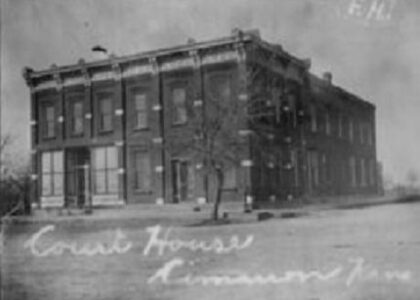Welcome to the fascinating world of ancient Egypt, as we explore the enigmatic figure of Siptah, the penultimate ruler of the Nineteenth Dynasty. Siptah’s reign, though brief, is shrouded in mystery and intrigue, offering glimpses into the complexities of royal life during the New Kingdom’s Ramesside period. Siptah ascended to the throne as a young pharaoh around 1200 BC, following the death of Seti II. His rule was characterized by political instability, largely due to his youth and the influence of powerful figures in his court. One such figure was the influential vizier Bay, believed to have had significant control over the affairs of the state during Siptah’s reign. Bay was of foreign origin, possibly from the Levant, and his rise to power is indicative of the shifting dynamics within the Egyptian court. Siptah’s tomb, designated KV 47, was discovered in 1905 by the archaeologist Theodore M. Davis in the Valley of the Kings. The excavation unearthed numerous shabtis—small funerary figurines made from Egyptian alabaster, designed to serve the pharaoh in the afterlife. These shabtis are inscribed with the ‘shabti text’ from the Book of the Dead, a spell intended to animate them to perform labor on behalf of Siptah in the eternal fields. The tomb also contained fragments of funerary vessels, sarcophagi, and canopic chests, underscoring the significance of the burial practices and beliefs surrounding the afterlife in ancient Egypt. Siptah’s reign was part of the broader historical context of the New Kingdom, a period marked by Egypt’s greatest territorial expansion and cultural prosperity. However, his rule was relatively short, and he was succeeded by Queen Twosret, who served as his stepmother and regent. The legacy of Siptah offers a unique lens through which we can understand the intricate power struggles and rituals that defined ancient Egyptian society. As you explore this narrative, imagine the vibrant life and the enduring mysteries that continue to captivate historians and archaeologists alike.





